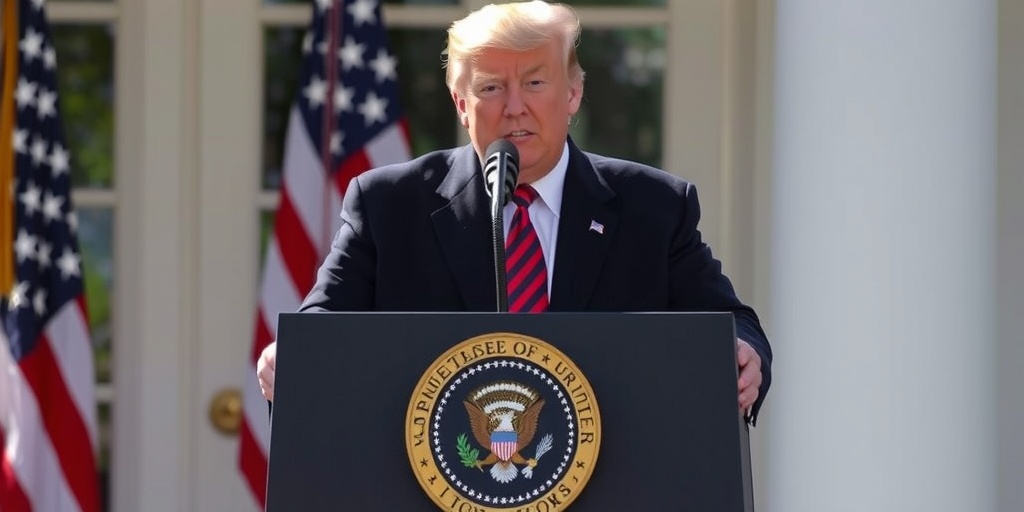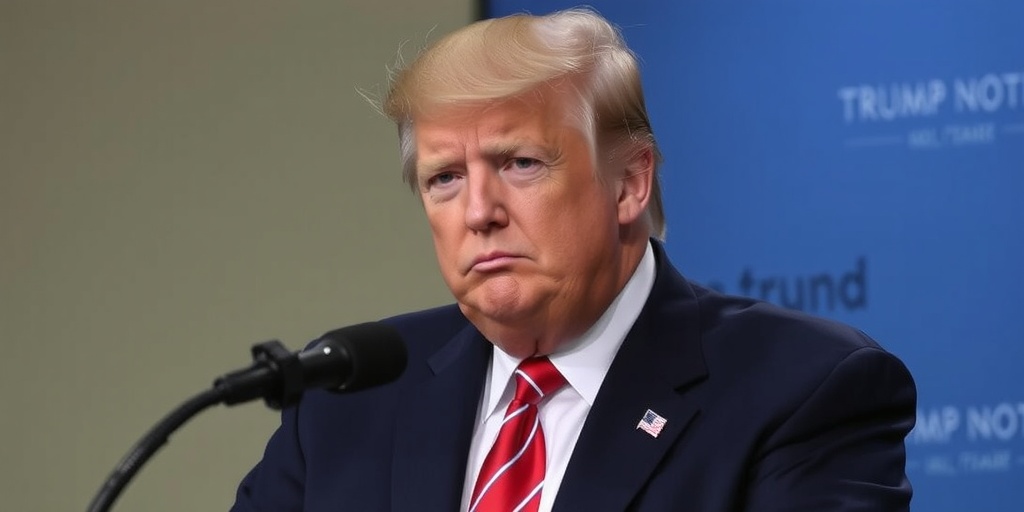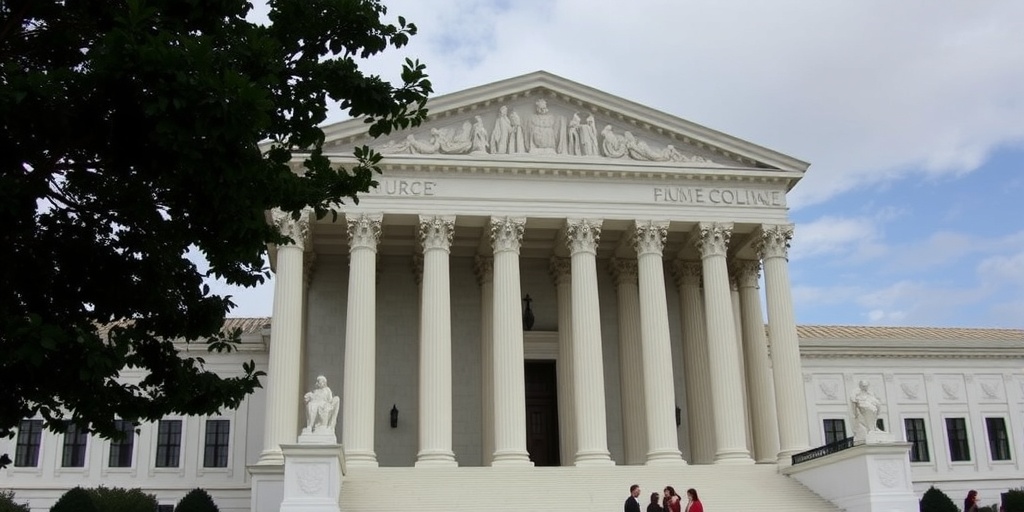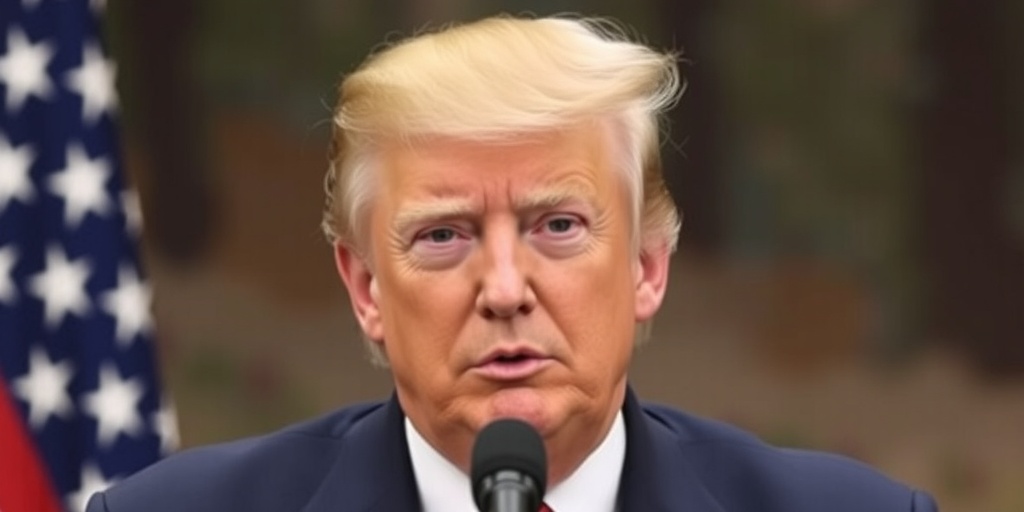Now Reading: Trump Declares English Official Language in Multilingual Nation
-
01
Trump Declares English Official Language in Multilingual Nation
Trump Declares English Official Language in Multilingual Nation

Trump’s Executive Order Designates English as the Official Language of the United States
In a historical move harking back to America’s founding, President Donald Trump has issued an executive order declaring English the official language of the United States. This decision has reignited a longstanding debate about the nation’s linguistic identity, highlighting a clash between notions of unity and the celebration of diversity in a country where more than 350 languages are spoken.
The executive order references the fact that the United States’ founding documents, including the Constitution, were written in English. However, as it turns out, this was not the only language in use. After the drafting of the Constitution in 1787, translations were created for Dutch speakers in New York and German speakers in Pennsylvania, ensuring a wider population understood the vital principle of reaching a “more perfect union.”
The push for an official language has been a contentious topic in American politics for over a century, raising critical questions about belonging and assimilation in an increasingly multilingual society. As Trump’s administration marks its stance with an “America first” approach, the English-only initiative has gained traction, representing a significant win for advocates of the movement, who often associate it with efforts to limit immigration and make bilingual education less prevalent. According to recent census data, nearly 80% of the population speaks only English, and immigrants are required to demonstrate proficiency in the language in order to achieve citizenship.
Republican lawmakers have expressed support for the decision. Senator Eric Schmitt of Missouri referred to the order as a “long overdue” recognition of the fact that “in this country, we speak English.” Similarly, Senator Mike Lee of Utah reinforced the notion by posting in Spanish on social media that English should be regarded as the nation’s “official language.” However, this perspective is not shared by all.
Opponents, including immigrant-rights groups and some Democratic members of Congress, have criticized the order for potentially alienating immigrants. They have voiced concerns that it could hinder non-English speakers’ access to essential government services, healthcare information, and voting materials. The Congressional Asian Pacific American Caucus described the order as a “thinly veiled attempt to allow federal agencies to discriminate against immigrants.” Critics have drawn parallels between Trump’s executive order and historical efforts to suppress languages, including the policies of Indian boarding schools that forbade Native languages and laws from World War I that banned German.
Despite its implications, legal experts suggest that the order’s immediate impact may be limited. While it rescinds a 2000 mandate signed by then-President Bill Clinton requiring federal agencies to provide translated documents for individuals with limited English proficiency, it does not mandate that agencies operate exclusively in English, allowing continued provision of services in other languages.
Mary Carol Combs, an education professor at the University of Arizona, commented on the order’s effects, stating, “It’s not nearly as punitive as it could be.” Historical precedents indicate that America’s government has an extensive history of bilingualism. In the 19th century, several Midwestern states published laws and governors’ messages in Norwegian, German, and Welsh, reflecting the diverse linguistic populations that have existed since the nation’s inception.
The modern English-only movement gained momentum during the latter half of the 20th century with the increasing immigration from Asia and Latin America. As of now, over 30 states have declared English as their official language, with noteworthy examples including heavily Democratic California.
Trump has consistently framed the issue of language as integral to American identity. In a notable exchange during the 2016 presidential campaign, he challenged bilingual former Florida Governor Jeb Bush, stating, “This is a country where we speak English, not Spanish.” More recently, he asserted that American classrooms are “overwhelmed” with students who don’t know English, reinforcing the connection between language and national identity.
In justifying his executive order, Trump claimed that designating English as the official language would streamline communication and foster a more cohesive society, reinforcing shared national values. The response among voters has been mixed, particularly in states like Arizona, known for its diverse Mexican-American electorate.
Some residents expressed indifference to the order, believing English to already be the de facto official language. David Ramos, a 36-year-old aerospace worker in Phoenix, remarked that while the designation might not alter his life significantly, it reflects Trump’s commitment to his campaign promises. Others, such as Jorge Marquez, a 39-year-old English teacher for immigrants, find the implications worrying.
While acknowledging the necessity of English in the job market and communication, Marquez and his students expressed concerns that the order might stigmatize non-English speakers, accentuating the importance of empathy in educational approaches. “English is beautiful,” Marquez noted, “but teach it in a good way. Have a little empathy.”
As the nation grapples with Trump’s executive action, the discourse surrounding the official language continues to reveal deeper divides about identity, inclusion, and the evolving narrative of what it means to be American.
Stay Informed With the Latest & Most Important News
Previous Post
Next Post
-
 01New technology breakthrough has everyone talking right now
01New technology breakthrough has everyone talking right now -
 02Unbelievable life hack everyone needs to try today
02Unbelievable life hack everyone needs to try today -
 03Fascinating discovery found buried deep beneath the ocean
03Fascinating discovery found buried deep beneath the ocean -
 04Man invents genius device that solves everyday problems
04Man invents genius device that solves everyday problems -
 05Shocking discovery that changes what we know forever
05Shocking discovery that changes what we know forever -
 06Internet goes wild over celebrity’s unexpected fashion choice
06Internet goes wild over celebrity’s unexpected fashion choice -
 07Rare animal sighting stuns scientists and wildlife lovers
07Rare animal sighting stuns scientists and wildlife lovers





















